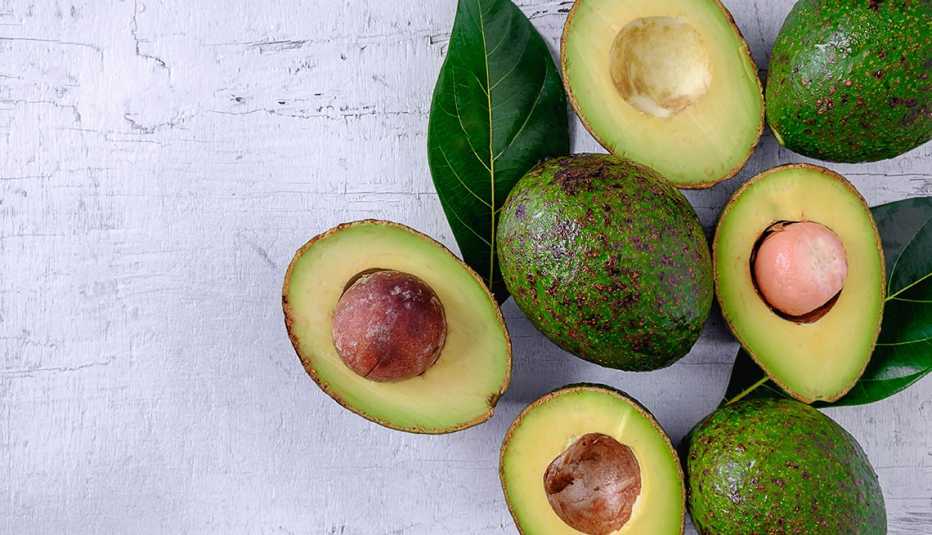Staying Fit
From designer sodas and fresh-pressed juices to bubble teas and chocolaty frappés, we have more options to suck through a straw than ever before. Creative nonalcoholic drinks are all the rage, often matching the latest cocktails in their complexity. Consider the Spring Fling, offered at Utah-based Swig, one of the new “old-fashioned” soda shops popping up of late. It’s made with Dr Pepper, vanilla, strawberry puree and coconut cream.


AARP Membership— $12 for your first year when you sign up for Automatic Renewal
Get instant access to members-only products and hundreds of discounts, a free second membership, and a subscription to AARP the Magazine.
But this isn’t a healthy trend. Guzzling sugary beverages of any kind puts you at greater risk for weight gain, insulin resistance and type 2 diabetes. “Drinking calories is not natural. It was never part of a human being’s evolution,” says Zhaoping Li, M.D., director of the UCLA Center for Human Nutrition. In fact, sipping sugary drinks may be more harmful to your health than chowing down on a candy bar. Here’s why.



































































